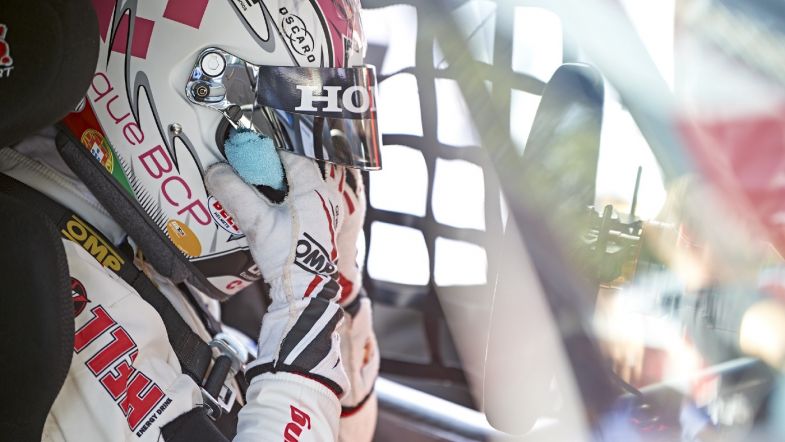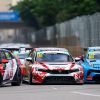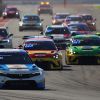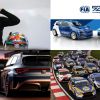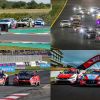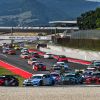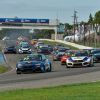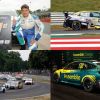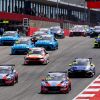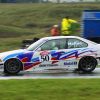Tiago Monteiro’s comeback win from near-death was one of motorsport’s greatest moments
On Wednesday 6th September 2017, Honda Racing driver Tiago Monteiro was involved in one of the most horrific crashes in touring car history, and just under two years later, the now 42-year-old took victory in front of his home crowd at Vila Real in Portugal, culminating in one of the most passionate and exciting podium celebrations ever seen. (That’s, ever seen).
Tiago Monteiro’s recovery from his testing crash at the Circuit de Barcelona-Catalunya hasn’t been as high profile as a number of motor racing recuperations. The most well-known being that of Polish Formula 1 driver Robert Kubica, who’s made his Formula 1 return this year after a horrific crash in 2011 in the Ronde di Andora rally which has limited him to occasional rally and closed wheel racing events until this year.
There’s also DTM driver-turned open wheel racer, Robert Wickens, who’s also recovering from horrific spinal injuries sustained in an IndyCar crash at Pocono in August 2018.
None of these should really be compared directly. Each accident is very different, and the scale of the injury is not the same, and how people can recover both mentally and physically is also completely variable.
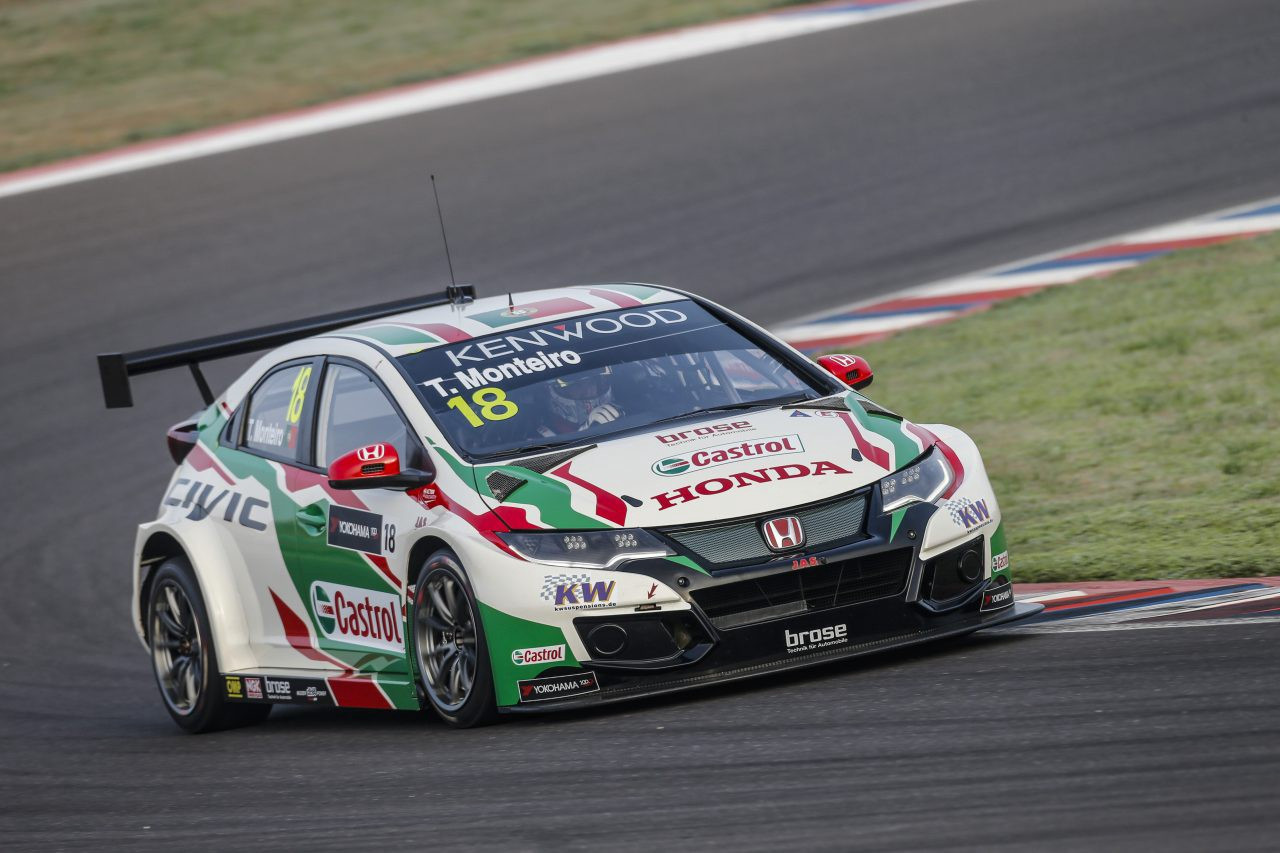
But one of the reasons Monteiro’s crash doesn’t have the same amount of focus or awareness in the motorsport community is because it happened a little more quietly, and not in plain sight.
Instead of happening live on television in front of everyone, or replayed and spread virally over the internet as an after-fact, it happened at a private test in Spain. No footage was ever released of the crash, though it’s certainly the case that CCTV and onboard footage exists, but is well kept by the circuit and the team.
Monteiro was leading the last ever World Touring Car Championship drivers’ standings, and his team, Honda, played down the scale of his injuries for some time.
While it was without question the injuries he’d sustained after the crash meant he would not have been able to make the next race – if he could ever even race again, his condition was understated, with the manufacturer saying that the Portuguese driver was still working towards a return at the next race, and then the one after that, and then the one after that – which obviously created an impression that he was generally OK and on a quick path to recovery.
The truth was somewhat different, and it wasn’t until the season finale three months’ later at Losail in Qatar when Monteiro visited the paddock for the first time since the crash, having only just been given permission by doctors to travel by plane, let alone race.
It was then his colleagues and the media were first able to see the scale of his injuries, and for him to explain in detail what had happened during the crash.
Speaking at the time to TouringCarTimes, Monteiro said:
“Definitely this is the biggest challenge I’ve had in my career. It was physically painful, for a month and a half I wanted to cut my head off as I’ve never had such strong headaches because of the injury to my vertebra, and the edema was in the same area.
“My whole body was hurting for a month, and then gradually it started to come down and then I started to feel really good when the pain was going away and felt more motivated. Of course, the psychological part was hard, as you feel that everything that you’ve worked for was going away. All those years fighting to improve the car, the team and then finally we’re in the position to fight for the world championship, and we have a good package, and then suddenly, just like this, somebody takes it away from you, so that was difficult to accept
“Also, together with that, I wasn’t sure for a few weeks or months if I was ever going to drive ever again, or even walk properly, or talk properly, because for a few days I couldn’t talk, I couldn’t walk, I was completely blocked on one side. It was not of course what we transmitted outside, because first it was not clear how bad it was, and second, there was no point in worrying people.
“It was hard, I was in intensive care for 22 days, and this was because my cervicales were completely torn so I was in a wheelchair, and also the edema was sometimes growing, and sometimes going away so they didn’t know if they needed to operate or not, so for a while I wasn’t even thinking about the championship anymore, I was thinking about surviving. I wanted to be with my family and my kids and my friends.
“I received so much support, so many messages, videos, fan messages, friends, people that I hadn’t seen for years calling me from Australia, USA, F1 people, the WTCC and motorsport community, from Honda, the team, all this was the biggest motivation for me to come back as fast as possible.
“There were moments when you can get so down, when in so much pain, knowing your life is going to change forever, you can sink into a depression, but thank God because of all of this support, I couldn’t let this happen.
“The first time I went back to the gym I was like an old man, I couldn’t take even 3 or 4kg, but the motivation forced me to improve as fast as possible, and I’m glad that my brain didn’t go to the dark side.
“When I look at it now, I think there are some positives. I wish it hadn’t happened of course, but I’ll come back stronger. How I come back to racing I don’t know, I could come back to the car and feel it’s not right, maybe I won’t like it, maybe I won’t feel it, this could happen, I’m conscious of that. Sometimes when drivers come back that happens, and sometimes it’s perfectly fine, this I cannot predict. But what I can predict is that psychologically and mentally I’ll be a better driver, a better racer, a better person. I’ve learned a lot about myself, about people in general. It was an experience, for sure. I’d prefer I hadn’t gone through it like this, I’d have preferred to go to Tibet and meditate, but that’s the way it’s happened. I’m grateful to be here, and be back in this world, it’s been interesting.”
The crash itself was one of the worst in touring car history. A motorsport category which is generally considered one of the safest – due in part to being closed cockpit and competing at slower speeds than the high-octane single seater series such Formula 1, Formula 3 and IndyCar.
In the whole Super 2000 era, which spanned from 2002 up until the high-spec S2000 TC1 cars used in 2017, there was only one fatality, that of Hong Kong driver Philip Yau Wing Choi, who passed away in a relatively unthreatening looking crash at the Mandarin corner of the Guia circuit in Macau 2012.
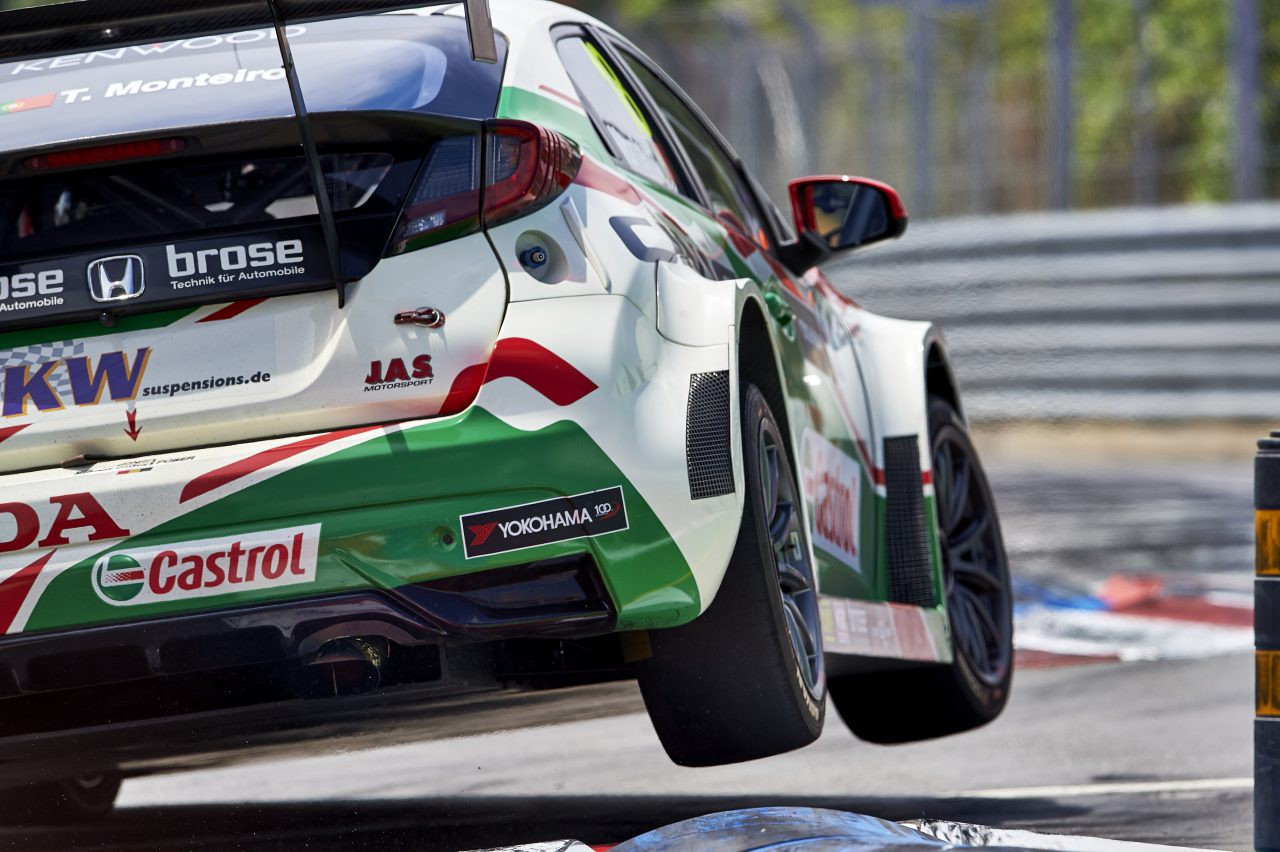
Again, speaking in December 2017, Monteiro detailed his testing crash.
“It was a brake failure. It’s nobody’s fault, it’s not a mistake. It’s not a mechanic who forgot to do something. It was a conjunction of two or three different things that together never happens. When a plane goes down, it’s never because of one thing, it’s a combination of odd things that when they happen together cause it. It happens very rarely.
“What happened to the car has never happened and no one’s seen this happen, but this combination happened and when I needed the brakes, they weren’t there.
“I remember everything until the impact, but then I was knocked out for six hours.
“I remember that when I ran out of brakes I saw the wall coming towards me at 255km/h and I just thought there’s no way I’m going to hit the wall straight like this, because I’ve had issues with brakes in the past, it happens in Formula 1 and GTs every once in a while, but when you brake, the pedal can be sometimes long or whatever, but there’s always something that slows you down a little bit.
“This time, was the first time in my career there was just nothing. I braked and I felt like the car was almost accelerating, as your mind and your body is expecting a deceleration, but it’s not. By the time you realise it, you’re going at 255km/h, the corner is just there, and then you’re already at 50 metres. I didn’t have time to try and downshift, I just wanted to get away from the wall, so I tried to go to corner two, and then when I hit the grass, which was mostly dirt, the car just spun, so that slowed us down to about 170, but the impact was hard as the wall was perpendicular to the track, so I hit the wall hard and went from 170 to zero.
“I woke up a few hours later with a big headache. I’d torn a muscle, I’d torn my biceps, my shoulder was dislocated. Three ribs were broken; I had a big hit on my knee as I hit the gearstick with my knees, my tibia, my toes. I had two edemas, and then the eyes – there was a stretch on my nerves in the impact, which is called diplopia, as one side of the nerve is pushing the eyes, so one of my eyes was completely crossed. When I opened my eyes, I felt sick every time I opened my eyes and it felt like I was drunk. I was throwing up, feeling pain, I didn’t realise it wasn’t permanent at that time.”
In 2018, the new World Touring Car Cup was born, and Monteiro was announced as part of Honda’s line-up for the new season. It was hardly as though the Japanese brand could let him go, both out of loyalty to their driver, or you could cynically say from the PR hit of firing him.
However, pre-season tests weren’t going well and Monteiro didn’t feel fit enough to race, so the Boutsen Ginion Racing team with which he’d been placed fielded their young Belgian driver Benjamin Lessennes instead, with Monteiro working with the team as a mentor as he continued his recovery away from the track.
Later in the year, Monteiro’s first race was confirmed, and he’d take to the Suzuka circuit in Japan, Honda’s home race, for the first time.
As Monteiro drove down the pit lane and out onto the circuit in practice, he was greeted with a rapturous applause from his peers.
The race itself was a relatively quiet affair; Monteiro was on the pace, but none of the Hondas were at the forefront during the weekend, so it was difficult to gauge his performance against his previous standards.
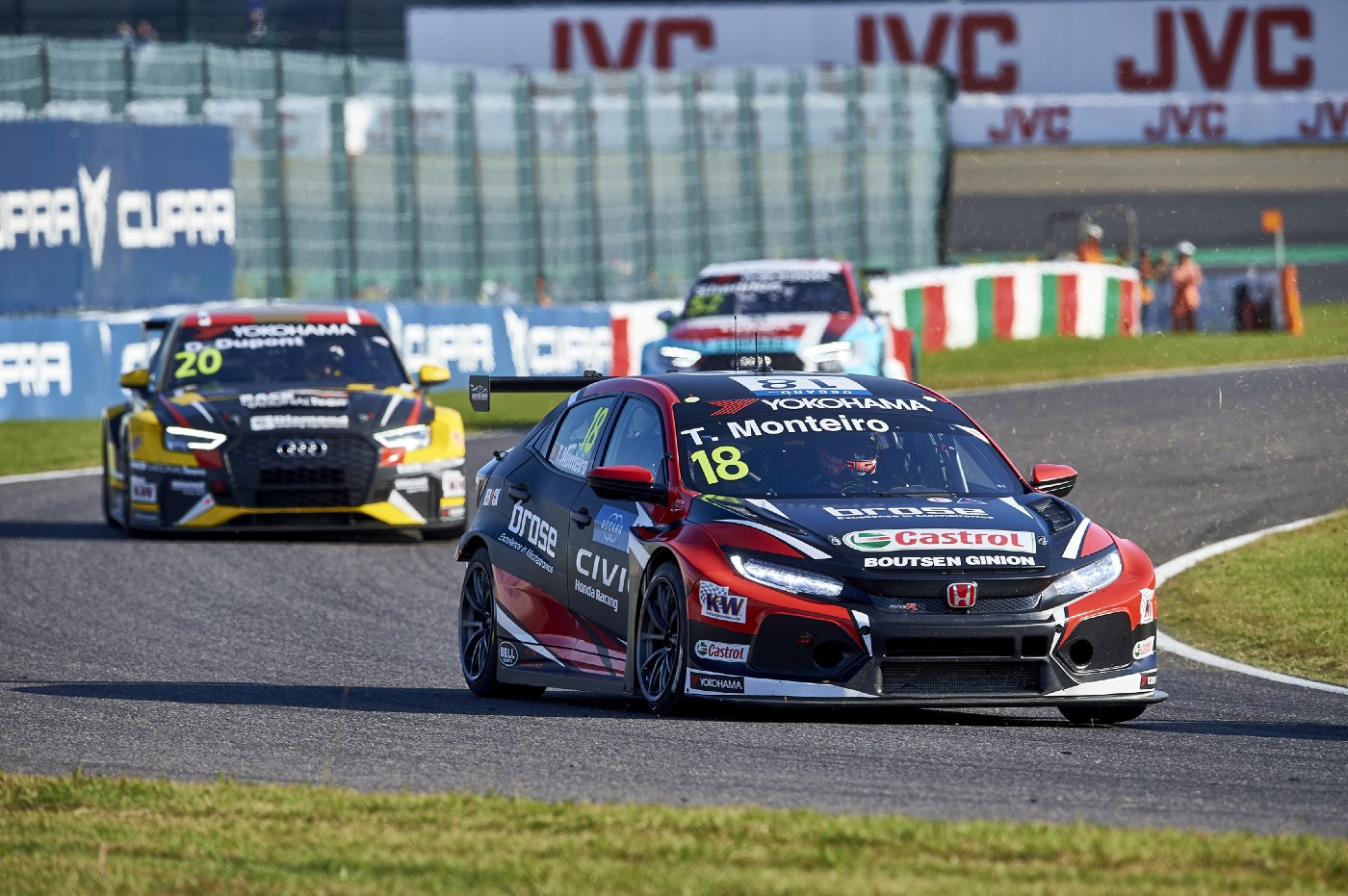
Skipping Macau, Monteiro focussed on his full-time return in 2019, now driving with KCMG, which is mostly operated by the same JAS Motorsport engineering team which ran his 2017 WTCC campaign.
A positive start with good points scored in Morocco was an early season highlight, as KCMG, Monteiro, and his young 20-year-old team-mate Attila Tassi have struggled since, while the sister Honda team, Münnich Motorsport, have been leading the championship almost since day one.
A change in strategy between Race 1 and Races 2 and 3 on Sunday at Honda saw the two teams start to cooperate and the effect was immediate, with Tassi and Monteiro locking out the front row on Sunday in qualifying (with Tassi ahead).
Come the race, Tassi’s car began to suffer an engine problem on lap three, with Monteiro assuming the lead and fighting off a charge from the Cyan Racing Lynk & Co of Yvan Muller, Monteiro’s team-mate at SEAT Sport from 2007 to 2009, and the man that a few people believed let Monteiro through at the end of 2017 in order to grab third in the drivers’ standings, though this is much disputed, including by Monteiro himself.
Muller’s charge faded pretty quickly and Monteiro was left to drive each lap in front of a crowd which were quickly ignited by the prospect of their home hero completing one of the most incredible comebacks in motorsport history.
Monteiro won the race, two seconds clear of Muller, and his win is a massive step in his comeback. With the 2019 World Touring Car Cup grid considered to be the most competitive field in modern touring car racing, if not across most categories at its level, it marks a milestone which doesn’t even need to be bettered by the Portuguese driver.
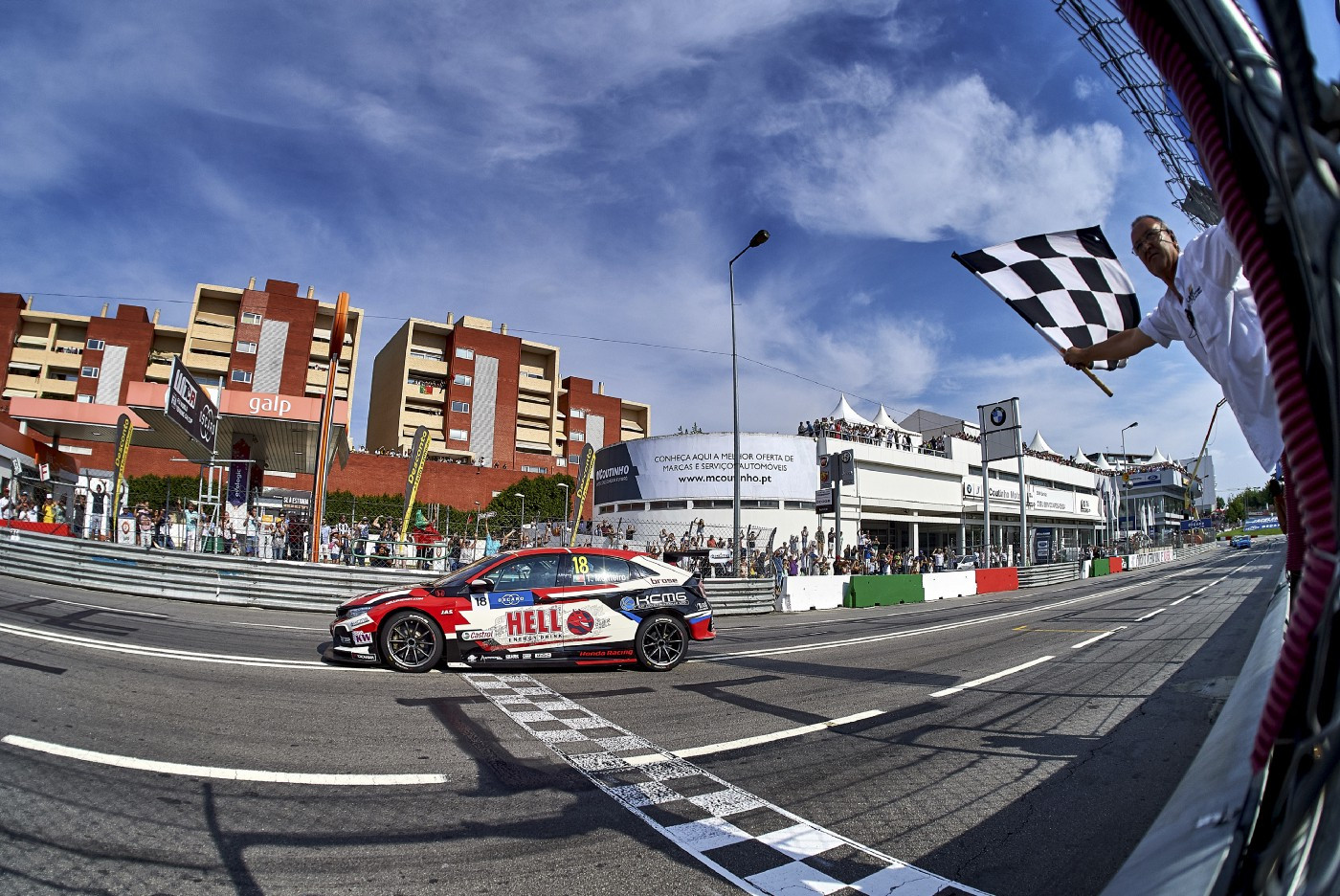
Anything which happens next is a bonus. Often, to win a championship, all the stars have to align, all the variables have to be right – the right driver, the right team, the right car, technical rules, circuits, even weather – and 2017 might have been the only time those factors were going to line up correctly for Monteiro, and a title opportunity might never come again – through no fault of his own; but he’s proven he’s been able to come back from one of the most horrific injuries “never seen” in racing and prove many wrong, but most of all prove to himself his self-belief was never misplaced.
